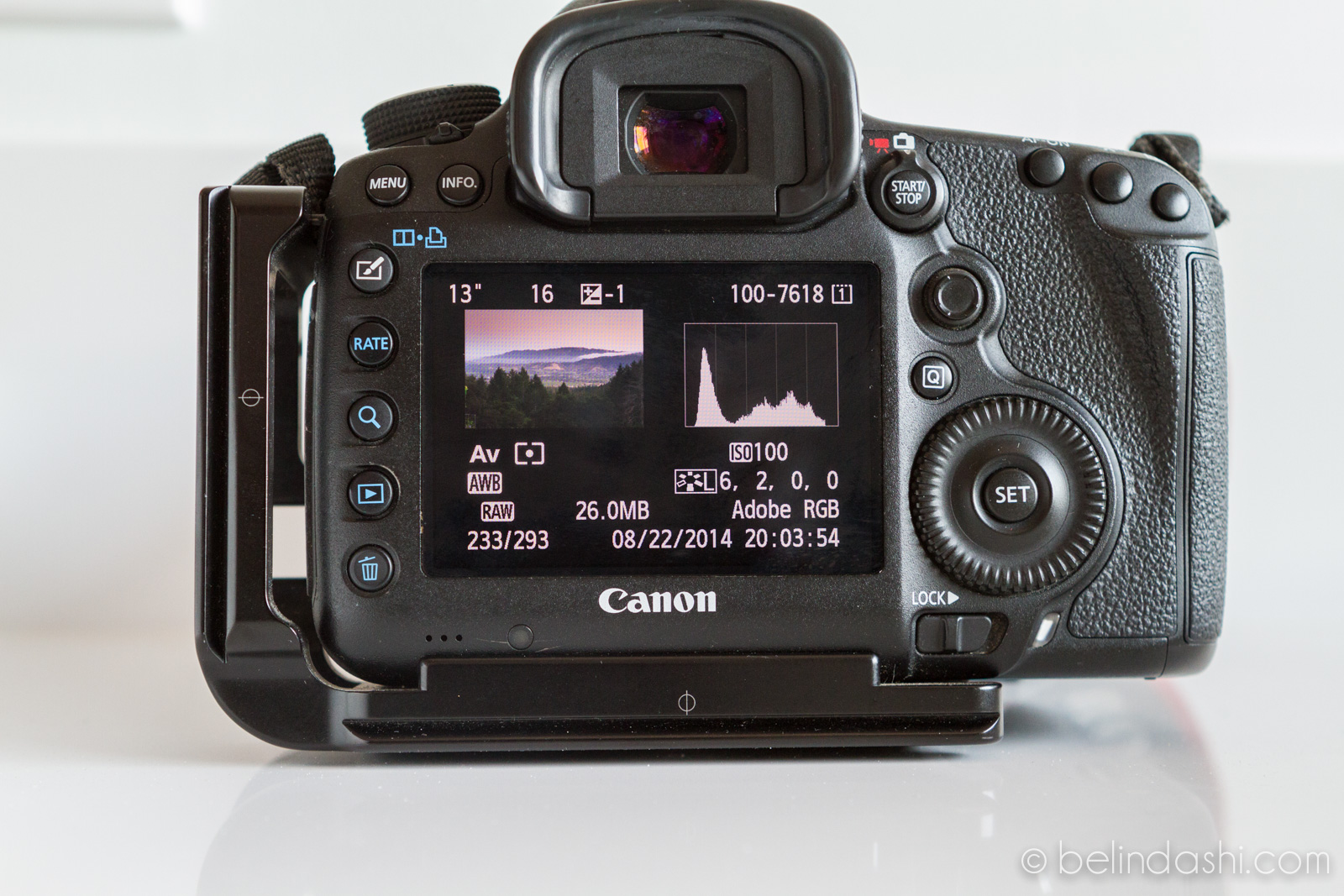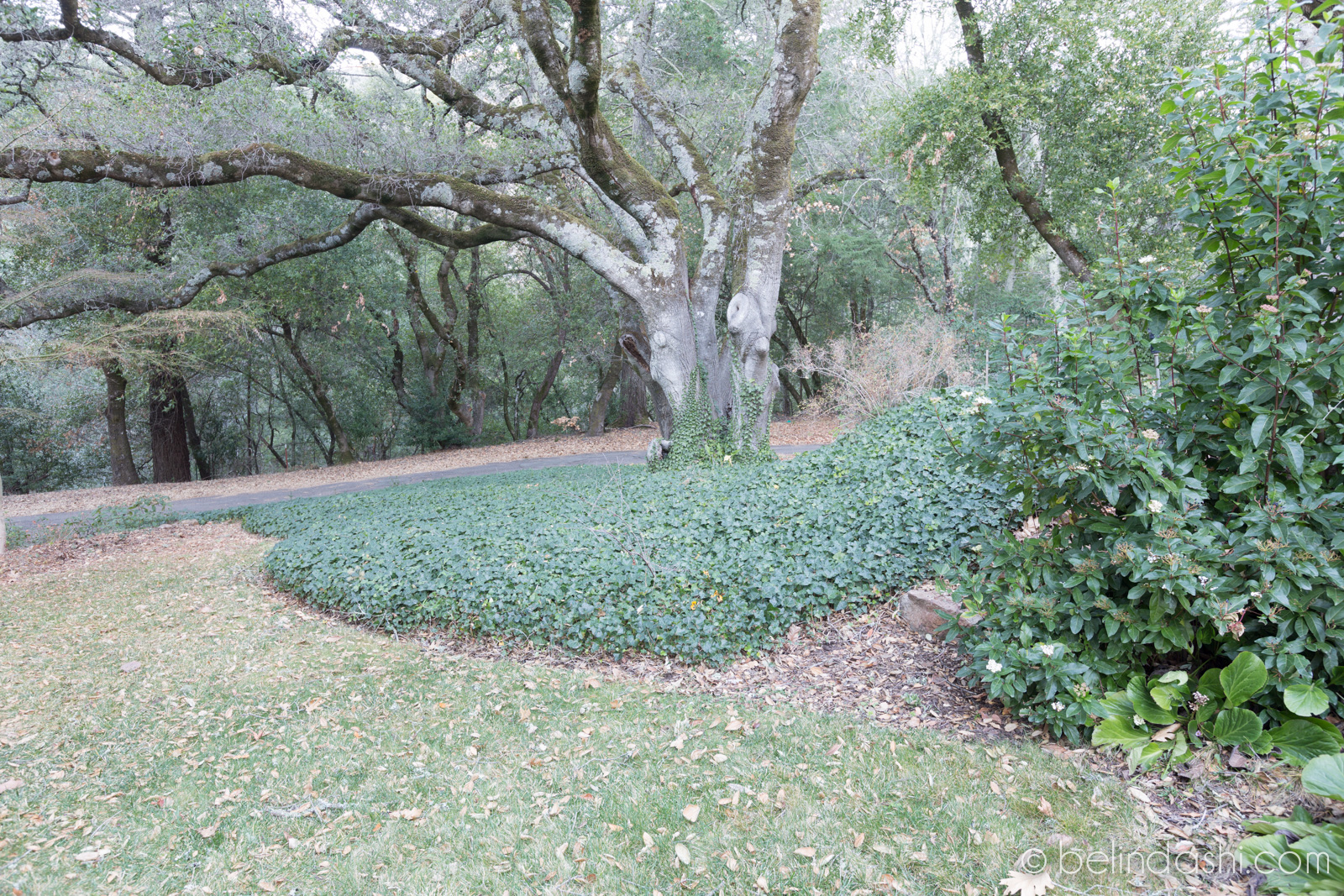Histogram and Exposure Compensation
Following on my last video about histogram, I shot another video to explain in a more detail how you can perfect your exposure with two important tools in your camera - histogram and exposure compensation. This is another fundamental skill for landscape photographers, and it's quite simple!If you have not heard of histogram, here's an earlier video of What Is Histogram And Why You Have To Use It. As I explained in this video, histogram is one of the most important tools for you to get the right exposure.At the back of your camera, histogram typically looks like the rectangular graph in the upper right corner of the following photo. There is lots of other information on the same screen, for example:
13" means shutter speed
16 means f/16 aperture setting
-1 means -1 stop exposure compensation
Av means aperture priority
the dot in the square means the center metering mode I used
AWB means auto white balance (see my Default Camera Setting For Landscape Photography)
RAW means I shoot this image in RAW format (see my Default Camera Setting For Landscape Photography)
26.0MB means this photo size is 26 megabites
6, 2, 0, 0 is the picture style adjustment I made on my camera
Adobe RGB
ISO100 means the ISO setting of this photo. Typically I set ISO100 before I go out for a landscape photo shoot
Other data include time, date and the numbering of the photo on the CF card.
To adjust the exposure compensation, you typically will see a screen like the following in the back of your camera. Please note different camera models might show it differently. You can also directly adjust this when looking through your viewfinder. Again, different cameras assign different buttons or wheels to adjust settings, so make sure to read your camera manual if you can't find where to get this screen or how to adjust it.
Below are the three photos I used in the above video:
1st photo: RAW image with no exposure compensation
2nd photo: RAW image with +1 stop exposure compensation
3rd photo: RAW image with +2 stop exposure compensation
The video tutorial above has detailed how to use histogram and exposure compensation in your DSLR to perfect the exposure for your landscape photos. I hope this can help you to take more beautiful pictures in your next vacation.In case you would like to modify your photos taken in the past that are not exposed correctly, you can possibly fix them in the post processing. As mentioned many times before, I'm a big advocate of "efficient workflow" - if you do everything correctly in the 1st P (Planning & Logistics) and 2nd P (Photo Taking), you would spend minimum time in the post processing workflow to "fix" your photos. I spent on average 5 seconds on each of my photos to enhance them, not fix them.
You can do it too!













After traveling with my kids in Europe for 5 straight months last year, I finally compiled my top 10 tips on How To Take Great Travel Photos In Crowded Places.